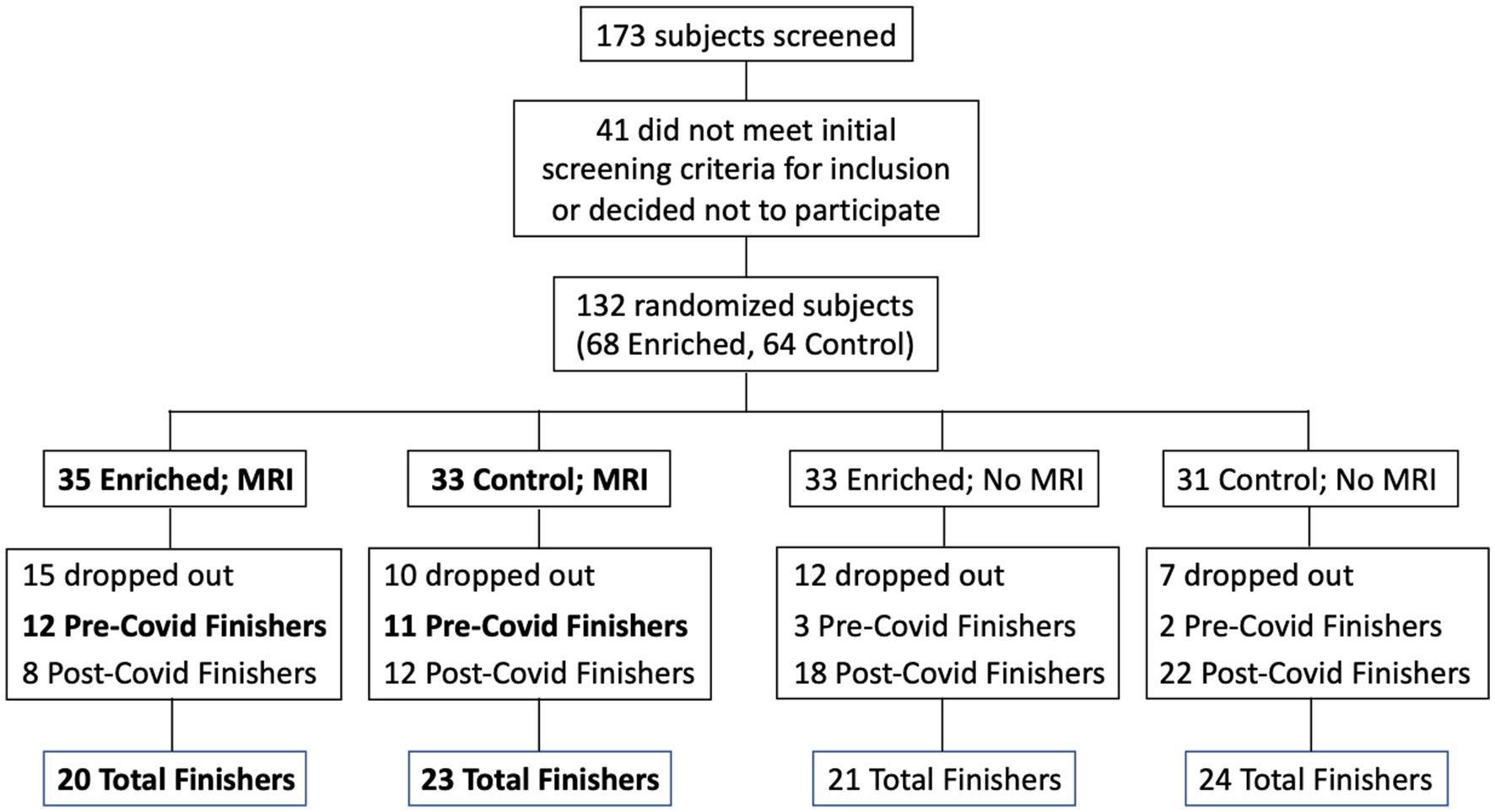
Title: Groundbreaking “Olfactory Aids” Provide New Optimism for Individuals with Smell Impairment
The inability to smell—commonly referred to as anosmia—emerged as a prevalent and distressing symptom during the COVID-19 pandemic, impacting countless individuals across the globe. However, this issue is not exclusive to the virus. A variety of conditions—including sinusitis, traumatic brain injuries, neurological disorders, surgical procedures, and even natural aging—can severely affect one’s sense of smell. Although it may appear to be a trivial inconvenience for some, the consequences are extensive and, until this point, lacked effective remedies.
The Hidden Consequences of Anosmia
Aside from missing the pleasure of enjoying aromas and flavors, those with smell disorders encounter tangible risks. They might fail to notice gas leaks, smoke from fires, or spoiled food. This not only affects their quality of life but also elevates health and safety concerns. Moreover, the loss of the ability to smell frequently diminishes taste, which can lead to reduced appetite and even malnutrition in certain individuals.
Cutting-Edge Research at Ohio State University
To address the increasing demand for a remedy, an innovative research project at The Ohio State University College of Medicine has revealed promising progress in restoring olfactory capabilities. Researchers in the Department of Otolaryngology – Head and Neck Cancer, under the leadership of Professor Kai Zhao, PhD, have developed the world’s first non-invasive olfactory aids.
“For centuries, we have seen advancements aimed at enhancing vision and hearing,” stated Zhao. “Yet, viable solutions to boost olfactory functionality have been scarce. The olfactory aids our team created have the potential to serve as effective, over-the-counter treatments akin to glasses and hearing aids.”
How the Olfactory Aids Function
The research team created two prototypes intended to improve airflow to the olfactory epithelium—the tissue responsible for scent detection in the upper section of the nasal cavity.
1. Nasal Foam Plug – Crafted from standard earplug foam, this device redirects scent-rich air towards the olfactory area.
2. Nasal Clip – Similar to clips utilized by synchronized swimmers, this device pinches a specific nasal valve region, enhancing airflow to reach the scent receptors more effectively.
The Clinical Trial Outcomes
The clinical trial included 112 subjects, comprising 58 healthy participants and 54 individuals experiencing various degrees of smell loss. From the latter group, 69% reported post-COVID-19 olfactory dysfunction, while the remainder had endured smell loss due to other causes like head injuries, cancer surgery, or nasal polyps.
Participants underwent standardized smell assessments both prior to and following the use of the prototypes. Healthy subjects were tasked with identifying scents from bottles by squeezing and sniffing in organized experiments, while those with smell disorders employed the National Institutes of Health (NIH) Odor Identification Test, which involves scratch-and-sniff cards.
Significant Findings:
– Healthy participants with average but impaired smell capabilities saw a marked improvement in odor detection with both aids. This does not extend to individuals with exceptionally keen olfactory senses, similar to how eyeglasses do not assist someone with perfect vision.
– The reported effect size in healthy individuals was 2.1—indicating over a tenfold increase in odor sensitivity while utilizing the olfactory aids.
– Among individuals with smell impairment, NIH test scores significantly improved, particularly in cases unrelated to COVID-19.
– Patients were able to accurately recognize at least one additional scent on average.
– COVID-19 “long-haulers” showed the most benefit from the nasal plug.
Current and Future Prospects
At present, there is no widely recognized or consistently successful treatment for chronic olfactory dysfunction. Some patients engage in olfactory training or partake in experimental therapies such as platelet-rich plasma injections, but these methods yield varied outcomes and are not always readily available.
The olfactory aid devices developed at Ohio State present a practical, cost-efficient alternative—especially beneficial for those whose professions rely on their sense of smell, like perfumers, chefs, sommeliers, and food critics. For the average user, they offer a chance to regain one of life’s most enriching senses.
Zhao and his colleagues are continuing to fine-tune the device designs and investigate how the aids can be customized for different types of olfactory dysfunction. Their research, “Designing novel ‘Olfactory Aids’ to improve olfactory function in the post-COVID-19 era,” has been published in the journal BMC Medicine.
Contributors to the study comprise Veronica L. Formanek, Barak M. Spector, Gabriela Zappitelli, and Zhenxing Wu, PhD—all associated with The Ohio State University College of Medicine.
With ongoing research and development, these devices have the potential to transform society’s approach to treating smell disorders—similar to how glasses revolutionized vision correction and hearing aids changed auditory health. For millions grappling with anosmia, hope may soon be just a sniff away.